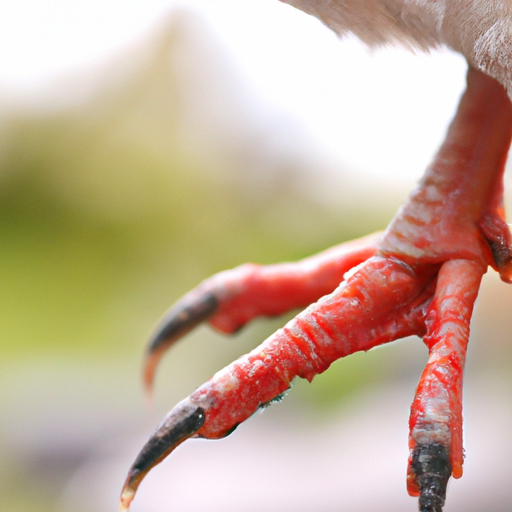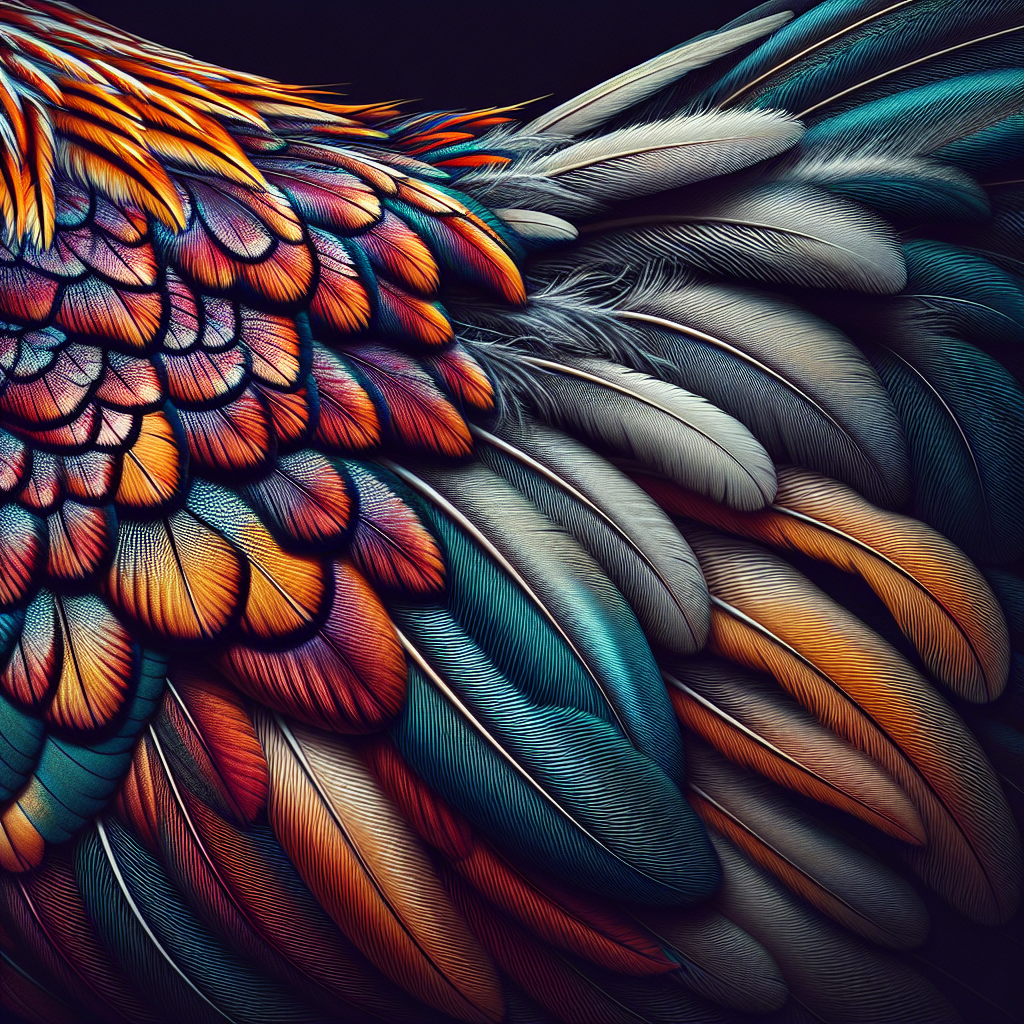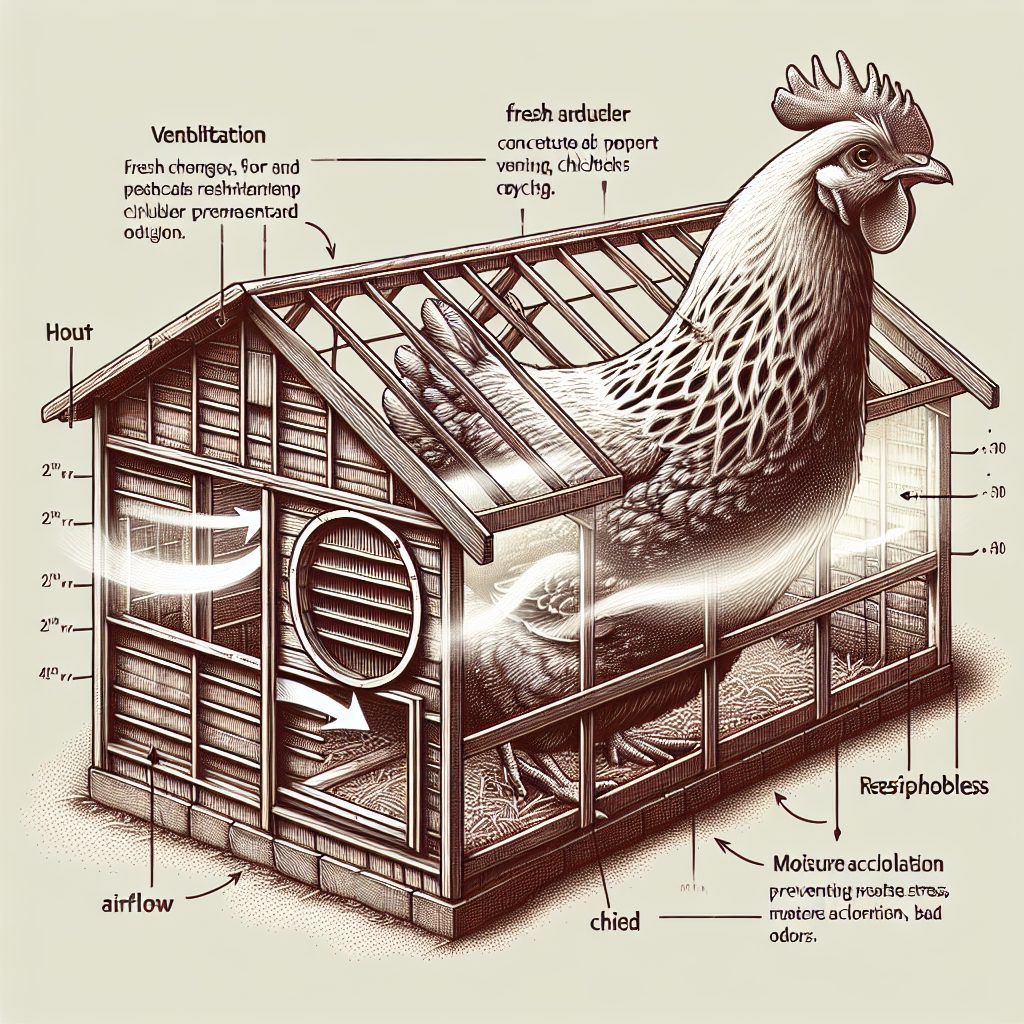If you have ever noticed your beloved chickens limping or showing signs of discomfort, it is essential to take action promptly. One common foot ailment that chickens can experience is known as bumblefoot. This condition occurs when bacteria enter the foot through a small cut or injury, causing inflammation and infection. In order to effectively treat foot injuries or bumblefoot in your chickens, it is important to follow some simple steps that will alleviate their pain and promote their overall well-being. By providing proper care and attention, you can ensure that your feathered friends continue to roam happily in their cozy coop.
Preventing Foot Injuries or Bumblefoot
When it comes to foot injuries or bumblefoot in chickens, prevention is key. By taking proactive measures, you can significantly reduce the likelihood of your chickens developing these painful conditions. Here are some important steps you can take to maintain the health of your flock’s feet:
Maintaining Proper Flooring
One of the first things you should consider is the flooring in your chicken coop. Providing a solid, smooth surface is crucial to prevent foot injuries. Avoid using wire mesh or rough surfaces that can cause discomfort and abrasions. Instead, opt for materials such as wood shavings, straw, or rubber mats. These materials will provide cushioning and minimize the risk of injury.
Regularly Inspecting and Cleaning the Coop
Regular inspections of your chicken coop are vital for identifying any potential hazards or signs of foot injuries. Look out for sharp objects, such as nails or exposed hardware, that could cause cuts or puncture wounds. Additionally, keeping the coop clean and free from excessive moisture will help prevent infections and promote overall foot health.
Providing Adequate Perches
Chickens naturally spend a significant amount of time perching, which is essential for maintaining healthy feet and leg muscles. Make sure to provide adequate perches at varying heights to encourage movement and exercise. Wooden perches with a diameter of about two inches are ideal, as they allow the chickens to grip the perch comfortably.
Avoiding Overcrowding
Overcrowding can lead to stress and increased foot injuries among your flock. Give your chickens enough space to move around comfortably. Overcrowding not only increases the risk of foot injuries but can also contribute to the spread of diseases. Provide ample room for each chicken, ensuring they have enough space to stretch their wings and walk without bumping into one another.
Identifying Foot Injuries or Bumblefoot
Despite your best efforts, foot injuries or bumblefoot can still occur. It is crucial to be able to identify the signs and symptoms of these conditions early on for prompt treatment. Here are some common indicators that your chicken may be experiencing foot issues:
Observing Limping or Favoring of One Leg
If you notice that one of your chickens is limping or appears to be favoring one leg, it could be a sign of a foot injury. Monitor their movements closely, paying attention to any hesitation or reluctance to put weight on the affected leg. Limping can indicate various foot problems, including cuts, bruises, or even more severe conditions such as bumblefoot.
Inspecting the Feet for Swelling or Discoloration
Regularly inspecting your chickens’ feet is vital in detecting any signs of foot injuries. Swelling and discoloration, such as redness or bluish tint, can be indicators of underlying issues. Pay close attention to any changes in size, shape, or appearance of the feet. Any abnormality should be addressed promptly to prevent further complications.
Checking for Lesions or Abscesses on the Feet
Lesions or abscesses on the feet are common signs of bumblefoot, a bacterial infection that affects the feet of chickens. These raised, scabby sores can be painful and lead to further infections if left untreated. Gently examine your chickens’ feet and look out for any open wounds, scabs, or discharge. If you notice any abnormality, it is important to take action immediately.
Treating Foot Injuries or Bumblefoot
If you’ve identified a foot injury or bumblefoot in your chicken, swift and appropriate treatment is crucial to promote healing and prevent further complications. Here are some steps you can take to treat foot injuries or bumblefoot in chickens:
Consulting a Veterinarian
When dealing with foot injuries or bumblefoot, it is essential to seek advice from a veterinarian experienced in poultry care. They will be able to provide a comprehensive diagnosis and recommend the most appropriate course of treatment. Getting professional guidance is crucial, especially if the condition seems severe or if you’re unsure about the best approach.
Administering Antibiotics
In cases of bacterial infections such as bumblefoot, antibiotics may be prescribed by your veterinarian. These medications help fight off the infection and prevent it from spreading. It is important to follow the dosage instructions provided by your veterinarian and complete the entire course of antibiotics to ensure effective treatment.
Draining Abscesses
In more severe cases of bumblefoot, your veterinarian may need to drain any abscesses present. This procedure involves carefully removing the pus-filled pockets using sterile instruments. Draining the abscess relieves pressure and promotes healing. It is crucial to leave this procedure to a professional, as improper drainage can lead to further complications.
Applying Topical Ointments
To promote healing and prevent infection, your veterinarian may recommend applying topical ointments to the affected area. These ointments typically contain antibacterial agents and provide a protective barrier. Follow the instructions provided by your veterinarian and apply the ointment carefully and consistently.
Providing Isolation and Rest
During the recovery process, it is essential to provide the injured chicken with a quiet and comfortable space to heal. Isolate them from the rest of the flock to minimize stress and prevent further injury. Ensure the area is clean, well-ventilated, and offers enough space for movement without putting strain on the injured foot.
Maintaining Cleanliness
To prevent secondary infections or exacerbation of the foot injury, it is crucial to maintain cleanliness throughout the healing process. Regularly clean the coop, removing any debris or soiled bedding. Keep the isolated area clean, dry, and well-bedded to prevent bacterial growth and promote healing.
Preventing Secondary Infections
Secondary infections can impede the healing process and cause further complications for your chicken. By taking preventive measures, you can reduce the risk of secondary infections and aid in a speedy recovery. Here are some key steps to follow:
Using Antibacterial Substances in Coop Bedding
Adding antibacterial substances, such as diatomaceous earth or pine shavings, to the coop bedding can help keep bacteria at bay. These substances have natural properties that inhibit bacterial growth, reducing the risk of further infections. Regularly replace the bedding to maintain cleanliness and ensure its effectiveness.
Applying Antiseptic Solutions on Wounds
For open wounds or lesions, applying antiseptic solutions can help disinfect the area and prevent infections. Consult with your veterinarian for recommended antiseptic solutions suitable for chickens. Follow the instructions provided and use caution to avoid further irritation.
Administering Probiotics
Probiotics play a crucial role in maintaining a healthy gut flora and boosting the immune system. By administering probiotics to your chicken, you can help support their overall health and prevent secondary infections. Consult with your veterinarian for probiotic recommendations and proper dosage for your flock.
Implementing Supportive Care
In addition to medical treatment, there are several supportive care measures you can implement to aid in the healing process and alleviate discomfort. These measures can help your chicken recover more quickly and promote overall foot health. Here are some examples:
Applying Padding or Bandages
To cushion the injured foot and provide support, you can apply padding or bandages. Use materials such as soft gauze or vet wrap, making sure not to wrap too tightly. Padding or bandaging can help reduce pain and protect the injured area from further damage.
Using Foot Soaks
Foot soaks can be beneficial for soothing and disinfecting the injured foot. Prepare a shallow container filled with warm water and a mild antiseptic solution. Gently place the chicken’s foot in the soak for a few minutes, allowing the solution to cleanse and provide relief.
Managing Pain and Inflammation
If your chicken is experiencing discomfort, managing pain and inflammation is crucial. Consult with your veterinarian for suitable pain relief options for chickens. Follow their recommendations and administer any medications as instructed.
Importance of Nutrition
Proper nutrition plays a significant role in overall chicken health, including foot health. By providing a balanced diet and necessary supplements, you can promote proper healing and reduce the risk of foot injuries. Here are some important considerations:
Providing a Balanced Diet
Ensure your chickens are receiving a balanced diet that meets their nutritional needs. A diet rich in high-quality proteins, vitamins, and minerals is essential for strong bones and overall health. Provide a variety of feed options, such as commercial poultry feed, fresh fruits and vegetables, and access to insects or worms in their natural environment.
Supplementing with Vitamins and Minerals
Supplementing your chickens’ diet with vitamins and minerals can help support their immune system and promote healing. Consult with your veterinarian to determine if any specific supplements are necessary for your flock. The correct dosage and frequency of supplementation will vary depending on your chickens’ individual needs.
Promoting Exercise and Movement
Encouraging exercise and movement can help improve blood circulation and promote strong, healthy feet. By providing opportunities for physical activity, you can reduce the risk of foot injuries and keep your chickens active and fit. Here are some ways to achieve this:
Encouraging Free Ranging
Allowing your chickens to free-range in a safe and protected environment allows them to engage in natural behaviors and get much-needed exercise. Free-ranging allows them to walk on varied surfaces, which can help strengthen their leg muscles and keep their feet healthy.
Creating Enrichment Activities
In addition to free-ranging, creating enrichment activities can keep your chickens engaged and active. Provide objects such as hanging treats, toys, or perches at different heights to encourage movement and mental stimulation. The more your chickens stay active, the better their overall foot health will be.
Preventing Reoccurrence
After your chicken has recovered from a foot injury or bumblefoot, taking preventive measures can help reduce the likelihood of reoccurrence. By addressing potential risk factors, you can protect your flock’s foot health in the long term. Here are some steps to consider:
Adjusting Coop Design
Evaluate the design of your coop and make necessary adjustments to minimize potential hazards. Ensure that flooring surfaces are smooth and comfortable, eliminate sharp edges or protruding nails, and provide adequate perches at varying heights. Regularly inspect the coop to identify and address any potential risks that could lead to foot injuries.
Regularly Trimming Nails
Overgrown nails can cause discomfort and may contribute to foot injuries. Regularly inspect and trim your chickens’ nails as needed. Be sure to use proper nail trimming tools and techniques to avoid injury to the quick, which can cause bleeding and pain.
Avoiding Excessive Weight Gain
Obesity can put additional strain on your chickens’ feet and increase the risk of foot injuries. Monitor their diet and ensure they are not overeating. Limit access to excessive amounts of high-calorie treats and provide ample opportunities for exercise.
Knowing When to Seek Professional Help
While many foot injuries and cases of bumblefoot can be treated successfully at home, there are instances where professional help is necessary. Understanding the signs of severe infections or recurring foot issues can help you determine when it’s time to consult with a veterinarian. Here are some indicators to be aware of:
Signs of Severe Infections or Septicemia
If you notice any signs of severe infection, such as excessive swelling, foul odor, or discharge, it is essential to seek professional help immediately. These could be indicators of a serious underlying condition that requires prompt and targeted treatment to prevent further complications.
Persistent or Recurring Foot Issues
If your chicken’s foot issues persist or recur despite proper treatment and preventive measures, it may be an indication of an underlying health problem. In such cases, consulting with a veterinarian is essential for a thorough evaluation and targeted treatment plan.
Remember, the health and well-being of your chickens are your responsibility as their caretaker. By implementing preventive measures, promptly identifying and treating foot injuries or bumblefoot, and seeking professional help when necessary, you can ensure your flock maintains optimal foot health and overall quality of life.




